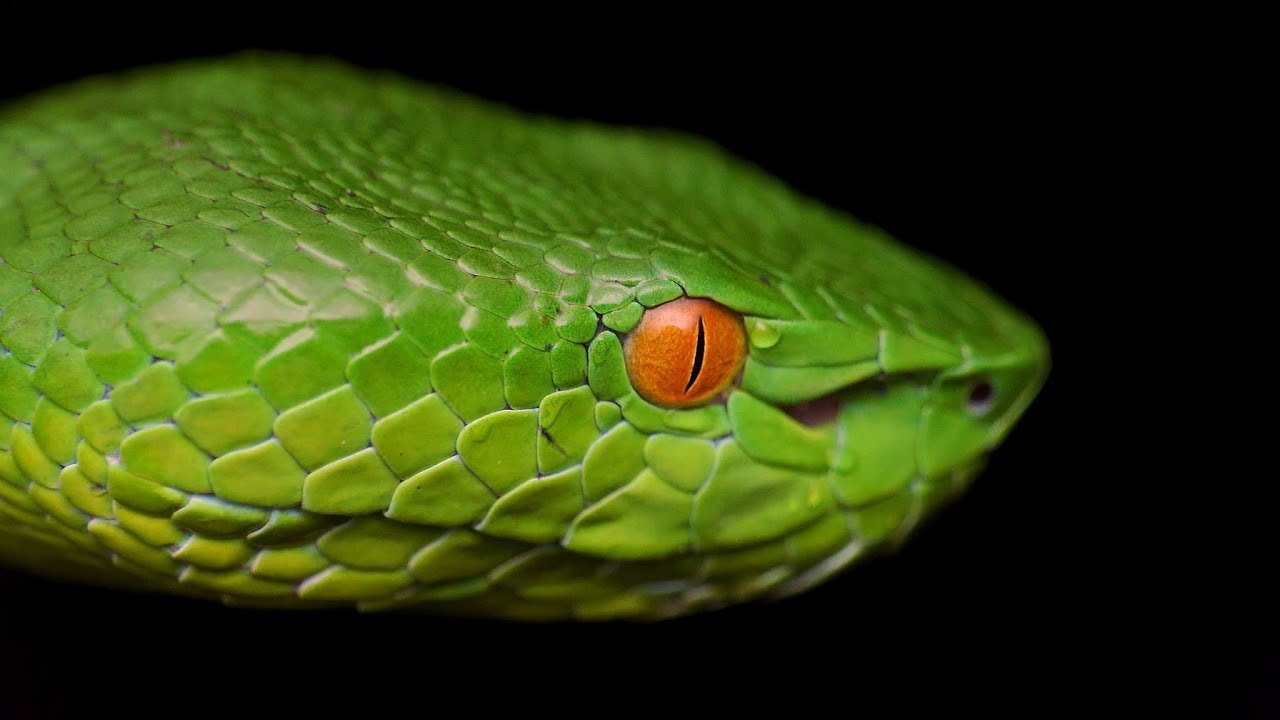
The Sabah Bamboo Pit Viper (Trimeresurus sabahi) is a fascinating snake species that inhabits the dense tropical rainforests of Sabah, a state in Malaysia. Known for its vibrant coloration and enigmatic behavior, this venomous viper is a subject of intrigue for both researchers and wildlife enthusiasts.
In this article, we will delve into 8 fascinating facts about the Sabah Bamboo Pit Viper that will shed light on its unique characteristics and importance in the ecological balance of the region. From its striking appearance to its venomous bite, we will uncover the mysteries surrounding this remarkable snake species.
So, join us on this journey as we unravel the secrets of the Sabah Bamboo Pit Viper and gain a deeper understanding of the captivating world of reptiles.
Key Takeaways:
- The Sabah Bamboo Pit Viper is a colorful and camouflaged snake with potent venom, playing a vital role in the ecosystem by controlling the population of small rodents and other prey species.
- This snake is an arboreal ambush predator with a slow metabolism, reproducing by laying eggs and contributing to the delicate balance of nature in Sabah’s forests.
Unique Coloration
The Sabah Bamboo Pit Viper, also known as the Trimeresurus sabahi, showcases a vibrant coloration that sets it apart from other snakes. With a combination of bright green and yellow scales, this venomous reptile stands out in the dense forests of Sabah, Malaysia.
Remarkable Camouflage
Despite its vivid colors, the Sabah Bamboo Pit Viper possesses excellent camouflage abilities. Its vibrant hue allows it to blend seamlessly with the surrounding vegetation, making it almost invisible to unsuspecting prey and potential predators.
Venomous Bite
The Sabah Bamboo Pit Viper is equipped with potent venom that it delivers through its fangs. While its venom is not considered lethal to humans, a bite from this snake can result in significant pain, swelling, and tissue damage.
Arboreal Lifestyle
This species of pit viper is primarily arboreal, meaning it spends a majority of its time in trees. It has a prehensile tail that aids in gripping branches and climbing with ease.
Slow Metabolism
The Sabah Bamboo Pit Viper has a slow metabolism, allowing it to survive periods of low food availability. It can go for extended periods without needing to eat, making it well-suited to its natural habitat.
Ambush Predator
This snake relies on ambush tactics to capture its prey. It patiently waits in a coiled position, striking swiftly when an unsuspecting bird, small mammal, or lizard comes within striking distance.
Oviparous Reproduction
The Sabah Bamboo Pit Viper is oviparous, meaning it reproduces by laying eggs. The female snake will find a suitable location to lay her eggs and then abandons them. The eggs hatch after an incubation period, and the young snakes are independent from the moment of birth.
Ecological Importance
The Sabah Bamboo Pit Viper plays a crucial role in the ecosystem as a predator, helping to control the population of small rodents and other prey species. Its existence contributes to the delicate balance of nature in Sabah’s forests.
Conclusion
The Sabah Bamboo Pit Viper is truly an enigmatic creature, captivating researchers and nature enthusiasts alike. From its vibrant coloration and unique hunting strategies to its incredible ability to camouflage, this snake possesses a remarkable array of adaptations that allow it to thrive in the dense forests of Sabah. Its venomous bite and potent venom make it a formidable predator and a crucial component of the local ecosystem.
As research continues to uncover more about this fascinating species, we gain further insights into the complex and diverse world of snakes. The Sabah Bamboo Pit Viper serves as a reminder of the wonders of nature and the importance of understanding and conserving these incredible creatures.
FAQs
Q: Are Sabah Bamboo Pit Vipers dangerous to humans?
A: Yes, Sabah Bamboo Pit Vipers are venomous snakes and their bites can cause severe pain, swelling, and other symptoms. It is important to exercise caution and avoid contact with these snakes in their natural habitat.
Q: How does the Sabah Bamboo Pit Viper camouflage itself?
A: The Sabah Bamboo Pit Viper has unique coloration that allows it to blend in with its surroundings. It has a green body with yellowish or brownish spots, resembling the foliage and branches of bamboo trees.
Q: What do Sabah Bamboo Pit Vipers eat?
A: These snakes primarily feed on small rodents, lizards, and birds. They are known for their ambush hunting strategy, patiently waiting for their prey to come within striking distance.
Q: How long do Sabah Bamboo Pit Vipers live?
A: Like many other snake species, the lifespan of Sabah Bamboo Pit Vipers in the wild is not well-documented. However, they are estimated to have a lifespan of around 10-15 years.
Q: Do Sabah Bamboo Pit Vipers have any predators?
A: While adult Sabah Bamboo Pit Vipers have few natural predators, their eggs and young are vulnerable to predation by birds and larger reptiles, such as monitor lizards.
Q: Are Sabah Bamboo Pit Vipers endangered?
A: Sabah Bamboo Pit Vipers are currently listed as a species of least concern on the IUCN Red List. However, habitat loss and illegal collection for the pet trade pose potential threats to their population in the future.
The Sabah Bamboo Pit Viper's enigmatic nature captivates, but there's more to discover in the world of snakes and wildlife. Uncover the secrets of the most venomous snakes on Earth, whose deadly bites can spell doom for unsuspecting prey. And while you're at it, why not explore the plight of endangered species, facing threats that could wipe them out forever? From the depths of the jungle to the far reaches of the planet, there's always something new to learn about the incredible creatures we share our world with.
Was this page helpful?
Our commitment to delivering trustworthy and engaging content is at the heart of what we do. Each fact on our site is contributed by real users like you, bringing a wealth of diverse insights and information. To ensure the highest standards of accuracy and reliability, our dedicated editors meticulously review each submission. This process guarantees that the facts we share are not only fascinating but also credible. Trust in our commitment to quality and authenticity as you explore and learn with us.


